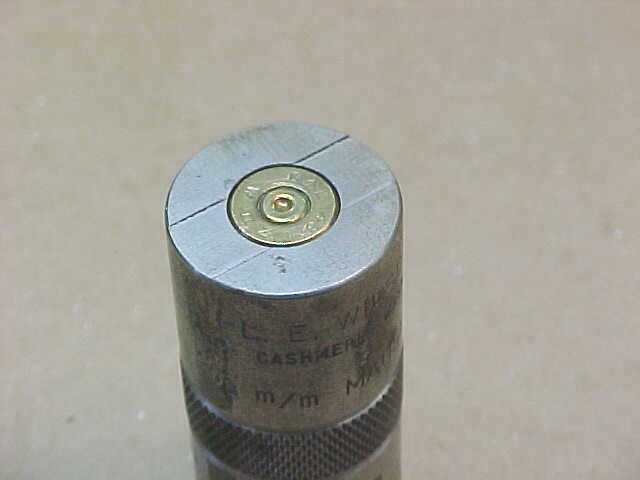
IF YOU REACHED THIS PAGE VIA A SEARCH ENGINE
THIS WILL TAKE YOU TO OUR HOME PAGEThis will take you to the Reloading Index
Steve's Rifle Cartridge Reloading
These are the techniques and equipment that
I use to produce reloaded cartridges for bolt and semi-automatic rifles. Other techniques and equipment may be: better/worse, cheaper/costlier, safer/more dangerous or whatever. Read this stuff and use it or not, at your own risk!Measuring Case Dimensions
Or
Dimensional Quality Control
I see a lot of discussion on the web about measuring the headspace of surplus rifles. I see NO discussion of measuring the headspace of the ammunition to be fired in these very same rifles. There seems to be a huge misunderstanding among the firearm community concerning headspace and its measurement. It seems a lot of people think that the GAUGES themselves are being FIRED from the rifles! We all know that loaded ammunition is what is being fired, NOT gauges. So, why no discussion about measuring the headspace dimension of new or reloaded ammo? (The gauge is a surrogate round, if it's to mean anything, the ammo must be identical to the gauge.)
There are a couple of devices available to determine case headspace. One is a simple GO/NO-GO device while another is a micrometer device that yields a REAL number.

The GO/NO-GO Ý Ý Ý device is made by Wilson, and sold by Wilson, Lyman and others. These come in rifle and pistol versions, are caliber specific, and are suitable for only new or resized cases. The gauge is a steel cylinder with a FACTORY chamber cut into center. The case is dropped into the "chamber", if the case is too fat, the case will not enter, and needs to be discarded or resized. Once in the "chamber" the dead of the case is compared with the high and/or low surfaces on the case head of the gauge.
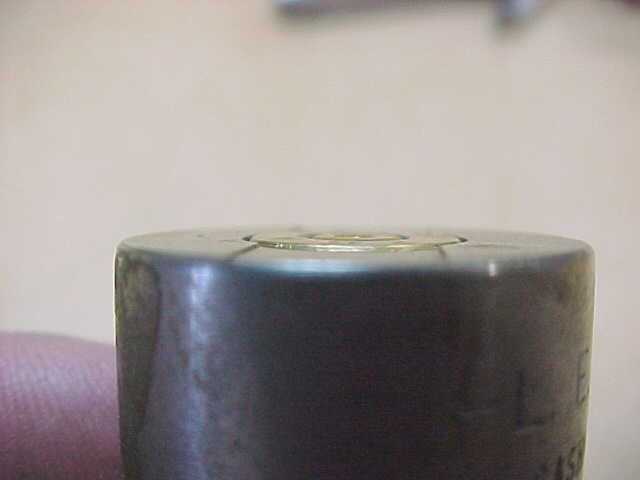
This shows Ý Ý Ý a case that is too long, or has NEGATIVE headspace. The case head is extending above the high surface of the gauge. This round would require a little more force to CLOSE the bolt of a bolt rifle and may not chamber in a gas (semi-auto) gun. If this case were the result of a resizing operation, it would indicate that the sizing die was set to high.
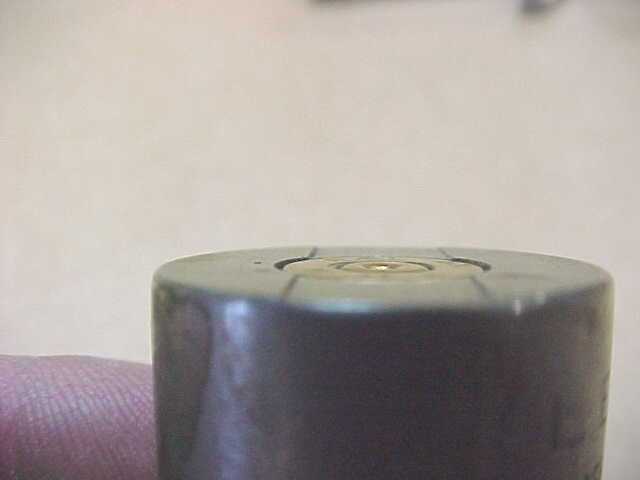
This case Ý Ý Ý below the low portion of the case gauge and is too short (although it's real close), indicating that the case has EXCESSIVE headspace. The idea is to have the case head fall in between the "high" and "low" areas of the gauge. These gauges are drilled through, so loaded ammo can be checked. Also, the other end of the gauge is tooled in the same way, but the GO/NO-GO is used for case length determination. These cost about $10 -$15 and are well worth the cost.
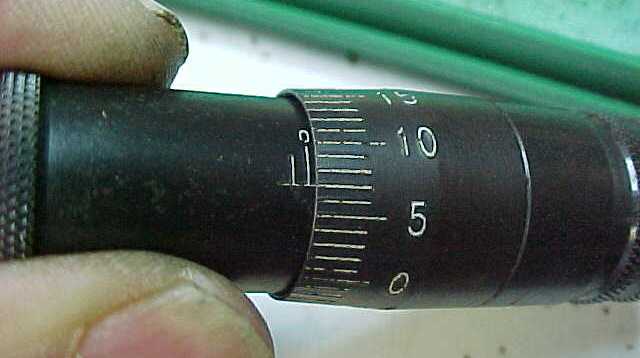
This Ý Ý Ý is an RCBS case micrometer. This device actually indicates in thousandths of an inch, the amount that a case is over or under the "nominal" headspace dimension. The case in the micrometer above is 7-thousandths of an inch longer than a perfect case. (If a GO chamber gauge is placed in the micrometer, the micrometer returns a ZERO reading.

This Ý Ý Ý reading indicates the case is as good as a normal resizing set-up will produce. The RCBS gauge will accept fired cases as well as loaded cases. The ability to measure fired case will allow the user to determine the internal dimension (headspace-wise) of the rifle chamber. Follow this link to see why this is nice.
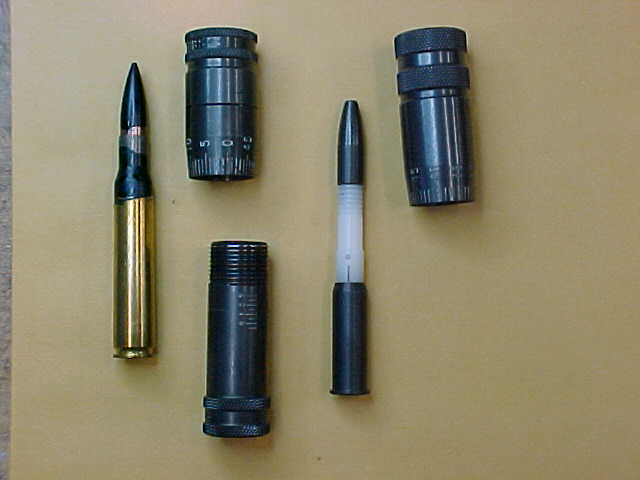
This Ý Ý is the complete RCBS case micrometer kit. To see some of its additional uses see this link.
This will take you to the Reloading Index